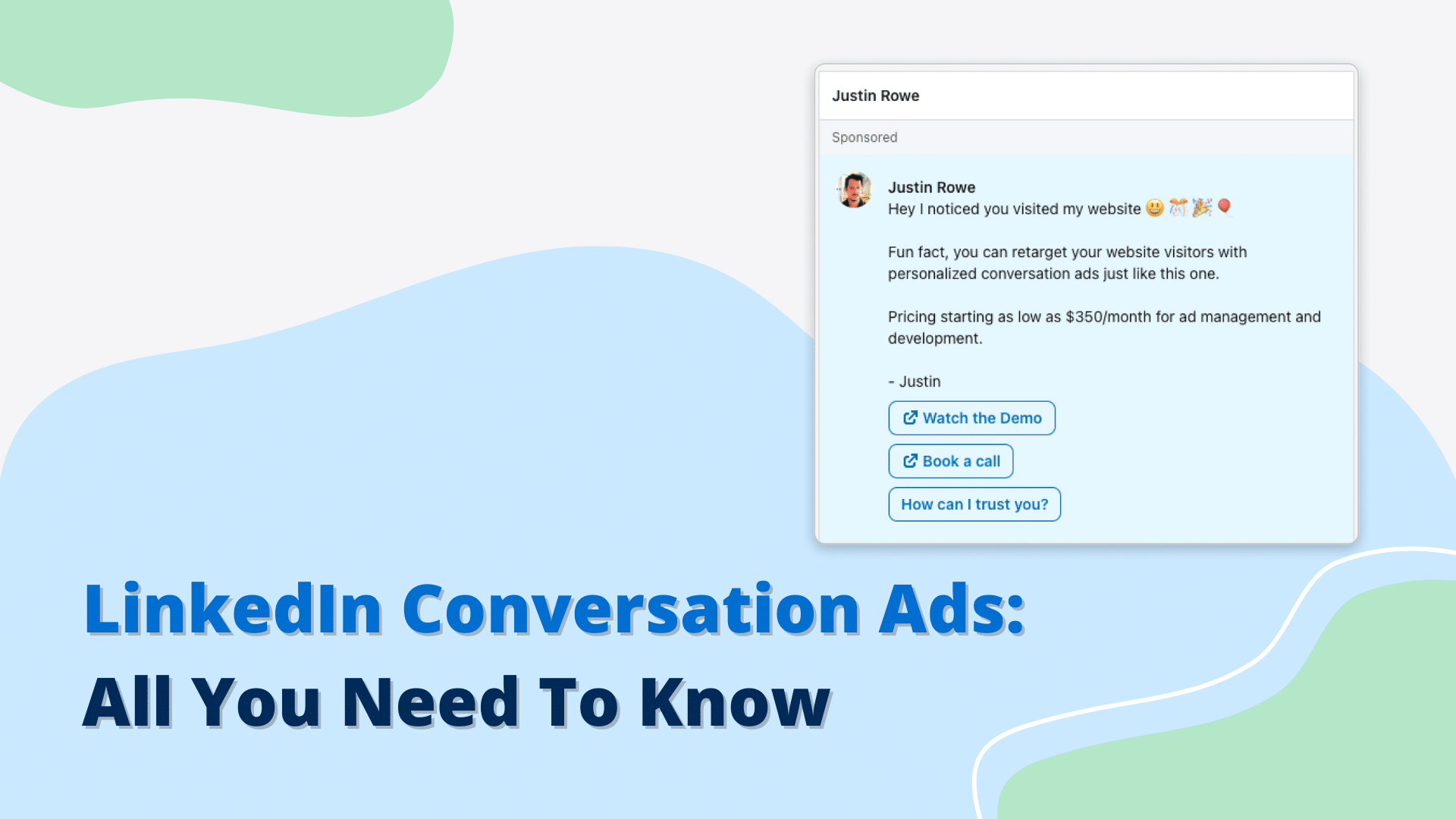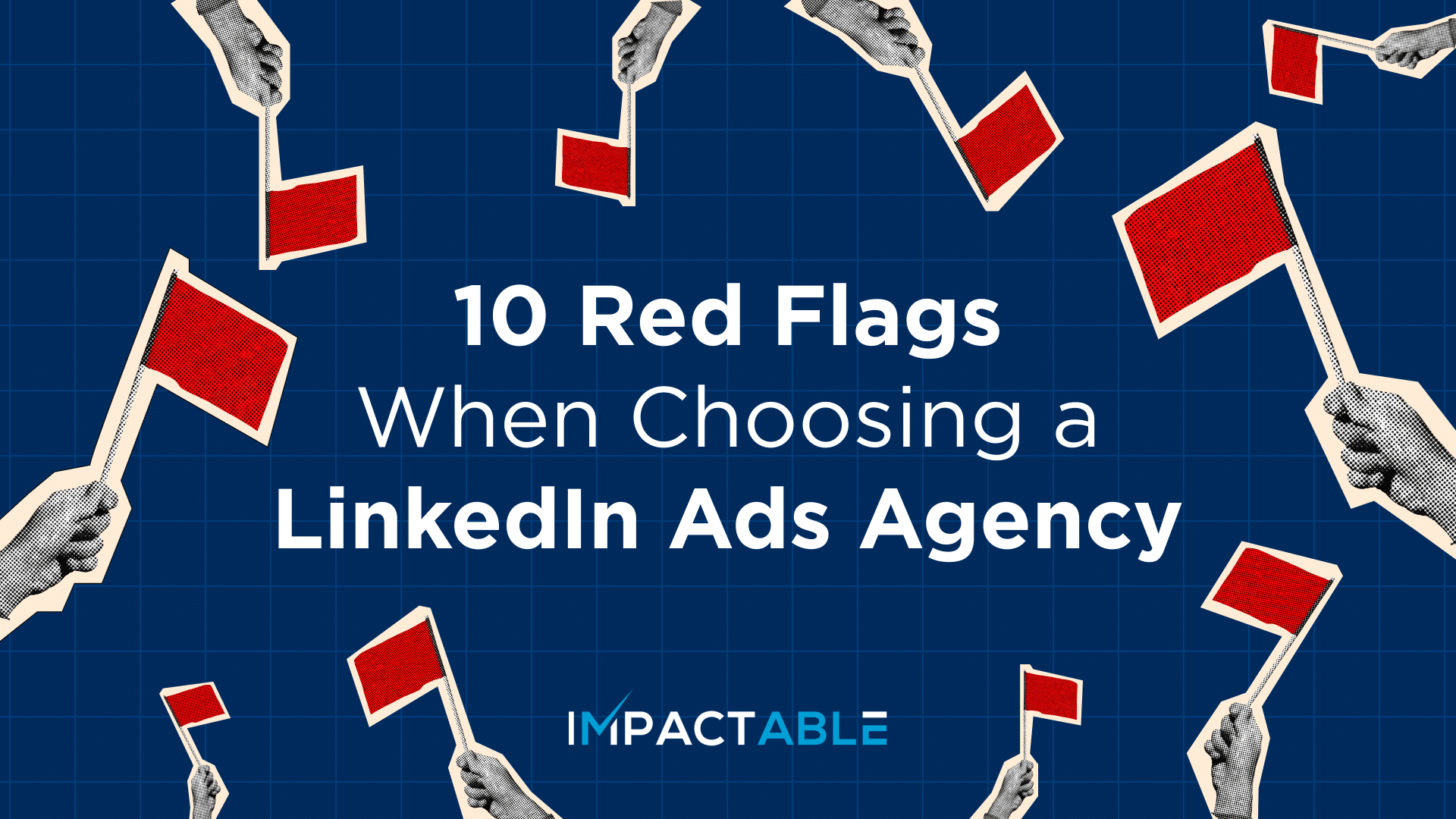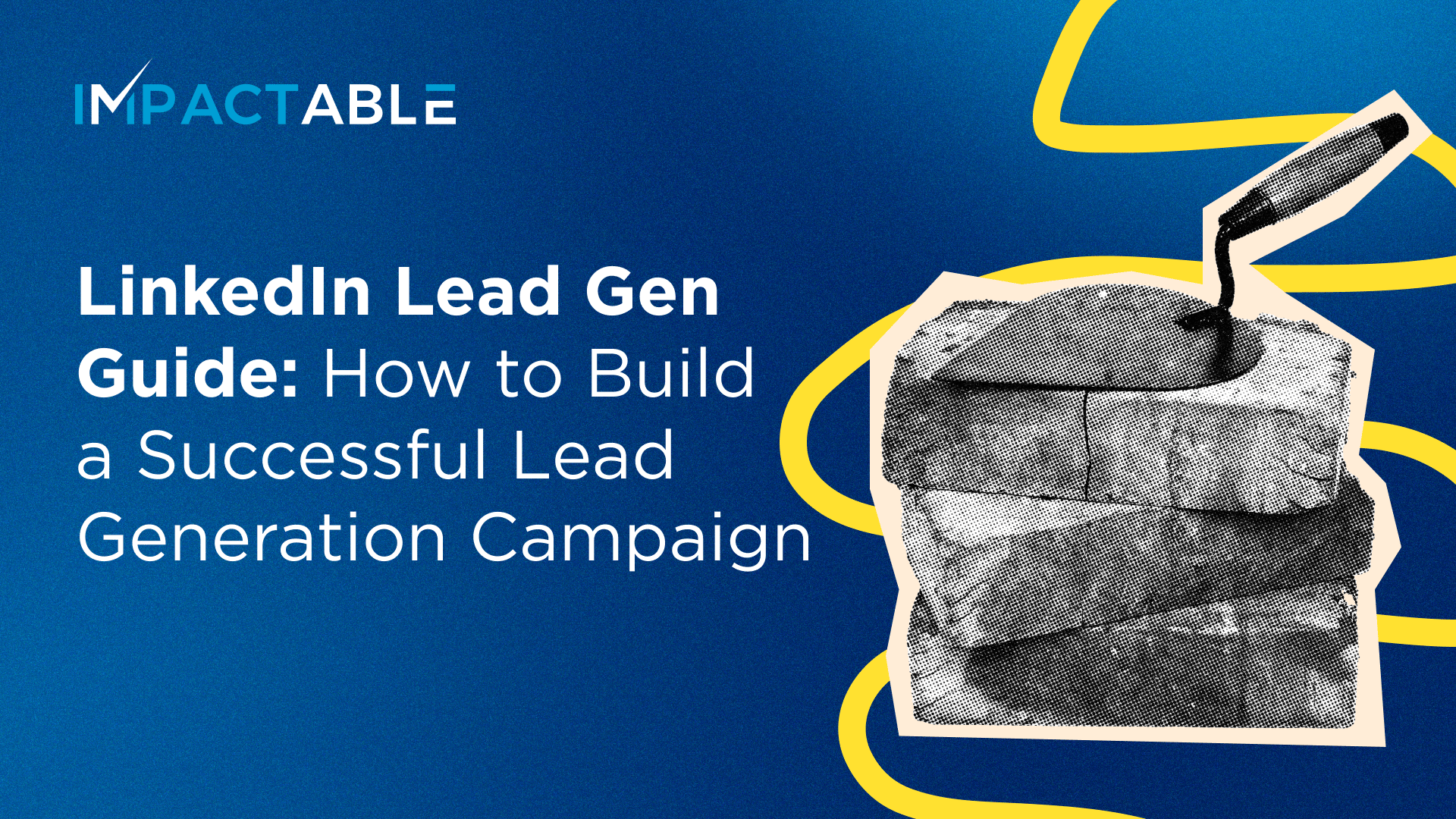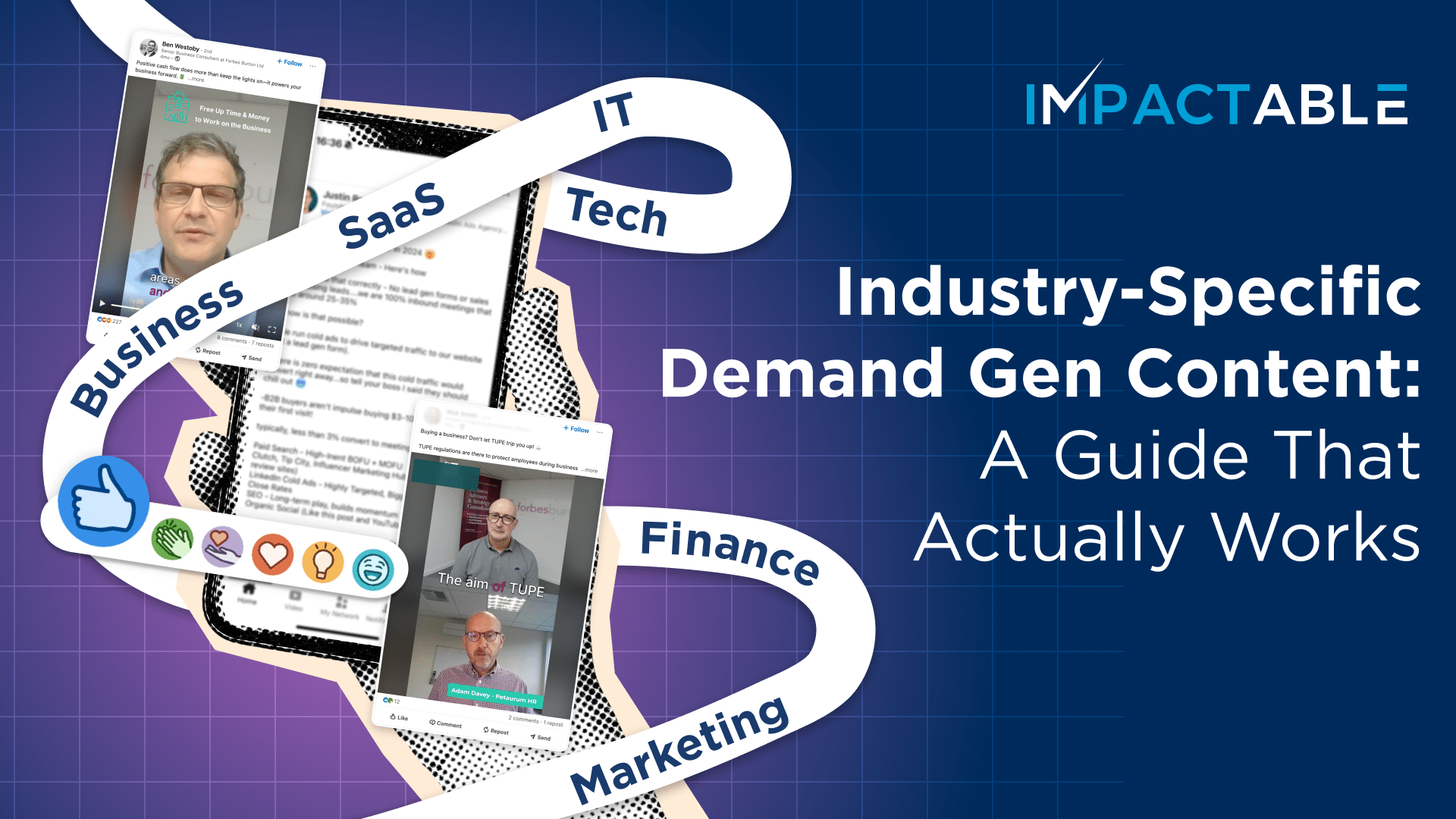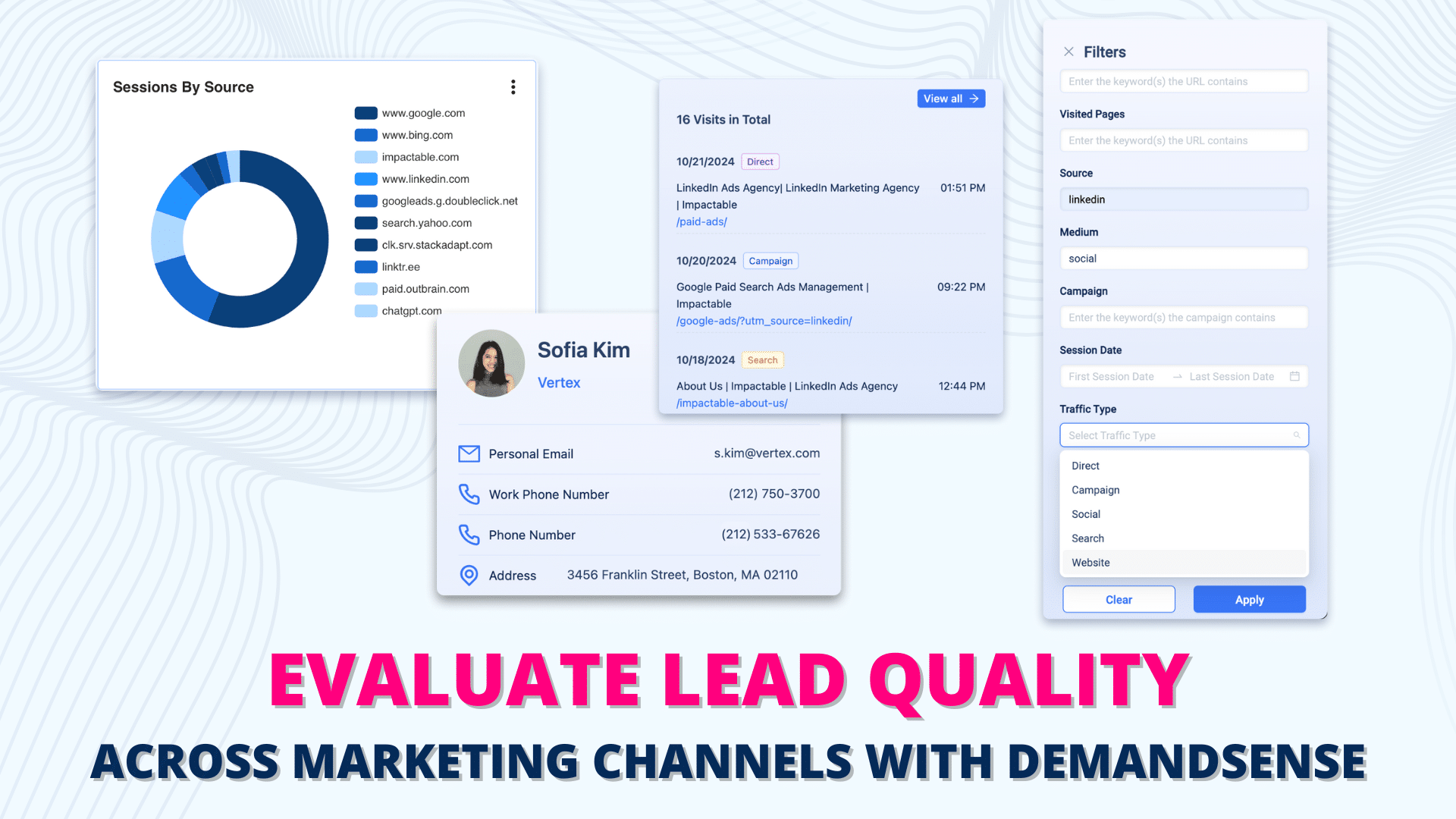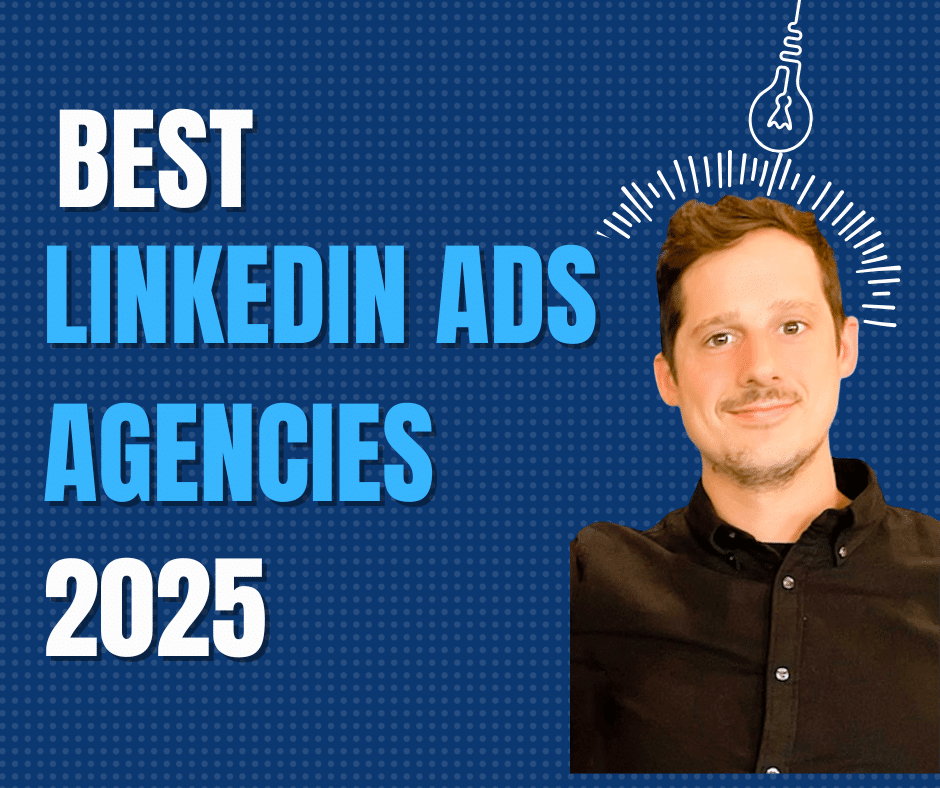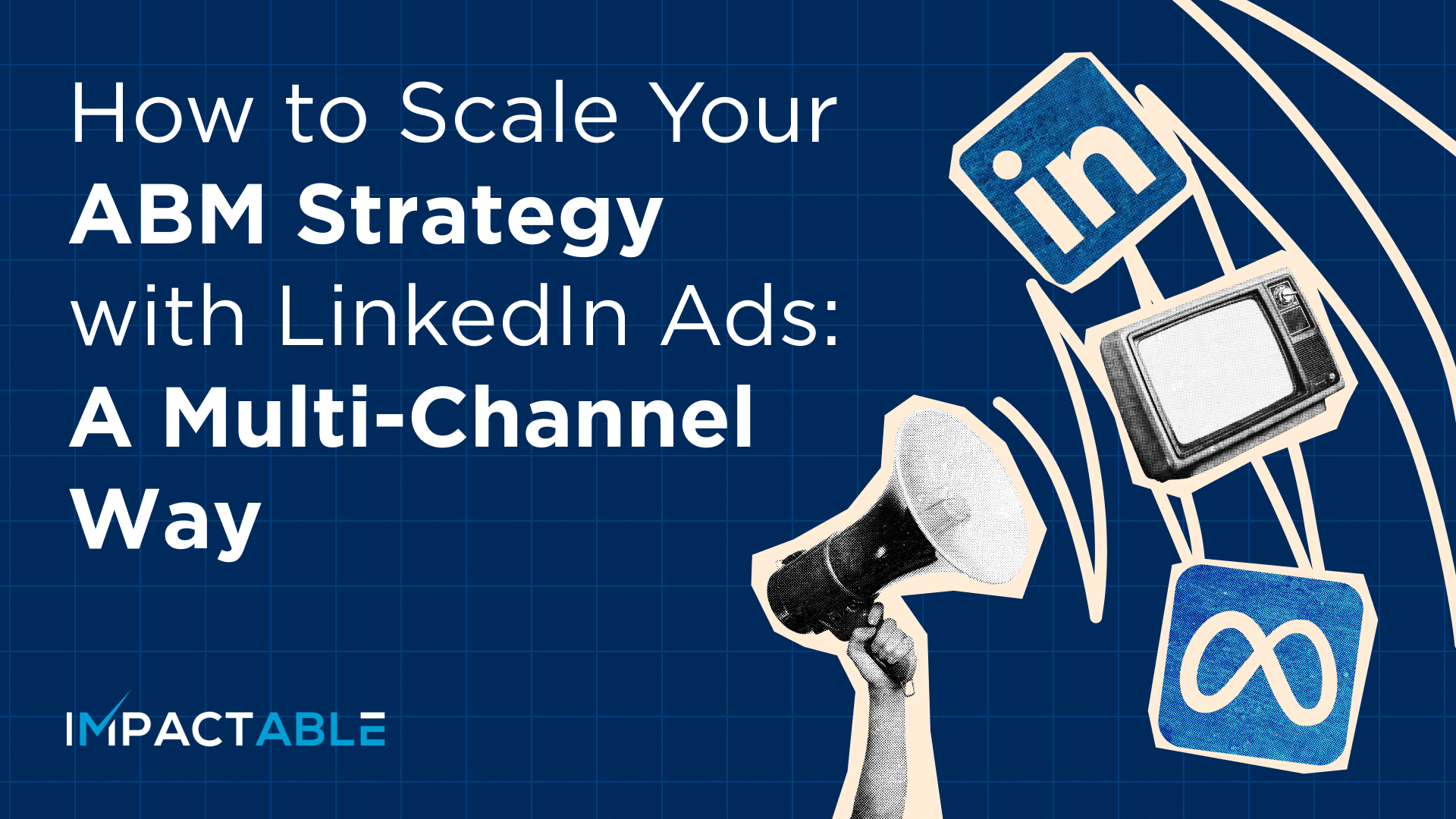Businesses today leverage LinkedIn messages to drive stronger engagement and response, and for a good reason. The average open rate for LinkedIn messages is 50% as opposed to the 21% industry benchmark.
If you’ve occasionally visited LinkedIn, you would have encountered certain messages in your inbox from brand representatives that are not even a part of your network. These are LinkedIn message ads. Until recently, these messages would take you to their websites or other landing pages for further interaction. That has changed in the past three years. In March 2020, LinkedIn introduced Conversation Ads. This ad type transformed the message ad into something more conversational (like the name) by making it interactive for the prospect.
LinkedIn Conversation Ads enter your prospect’s LinkedIn inbox in the form of direct messages, but they are more than just a cold message drop. They go beyond and allow your prospects to take definitive actions on the message. They’re not the same as the usual sponsored messages you get on LinkedIn, and here’s how.
LinkedIn Message Ads And Conversation Ads: Are They Same?
A quick answer to that question is: No. Let me break it down for you. To begin with, LinkedIn Message Ads and Conversation Ads have the same starting point. You can launch both of them from the LinkedIn ads account, and they’ll both end up in your prospect’s inbox. To top that, their targeting is also the same. They allow all LinkedIn targeting filters, including geography, company name, industry, company size, job function, age, gender, and plenty more.
The most significant difference between the two is their format. LinkedIn Conversation Ads are designed to encourage two-way interactions between the advertiser and the target audience. They offer a customizable multiple-choice format that enables the advertiser to guide the conversation with a series of questions and responses. When delivered to your prospect’s inbox, they get multiple call-to-actions (CTAs) to choose from and proceed with the communication. On the other hand, LinkedIn Message Ads are designed for one-to-one communication and can include personalized messages, attachments, and links but are not interactive by default. The person can choose to respond or click on a link but they’ll get a single CTA.
Lastly, the way these two are priced is also slightly different. In Conversation Ads, you’d be charged for the number of clicks or impressions generated, while the cost of Message Ads is based on the number of messages sent.
One could say that Conversation ads are the evolved versions of Message Ads. The real question, though – are they any better? To understand that, let’s look at the benefits and the draws of Conversation Ads.
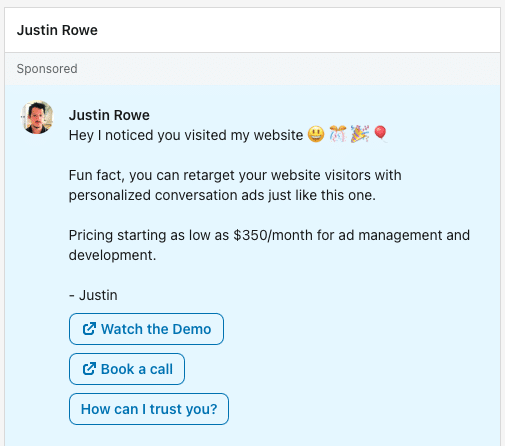
What Makes Conversation Ads Awesome: Benefits
If you’re looking for reasons to go for Conversation Ads, here are the key benefits that can be a solid argument in favor of them.
1. They feel personal
True to both Conversation Ads and Message Ads, the personal touch is a key benefit they offer. It’s irrefutable that an ad that shows up in a person’s inbox feels way more personal than one in their feeds. Your prospect is more likely to engage with them as they are a form of direct communication. To top that, with Conversation Ads, you are able to add a face to your ad campaigns. Instead of a standard ad from a company, these ads come from a brand face like the CEO or the CMO of the company. This adds more authenticity and value to the message and builds trust.
2. They offer personalization
Conversation ads not only help you make your campaigns feel personal by adding a face to them but also allow you to customize the message to make them personalized. This means instead of a standard “sent-to-all” kind of message, you can add your prospect’s first name, company, and job title to the message to make them feel as if it’s something directed solely to them.
So you could say, “Hey, John, as the CMO of Phillips, I noticed you run plenty of LinkedIn campaigns. I thought you might find some value in X, Y, or Z”.
Since today, nearly 80% of your buyers expect you to know their business objectives and pains, adding personalization to your outreach is definitely a game-changer for your B2B marketing strategy.
3. It cuts through the noise
The online world is too cluttered. According to research, an average person uses 6.6 social media platforms on a monthly basis. Now, each of these platforms has several features – feeds, reels, stories, and messages, that they interact with, and each of them is filled with marketing content and ad campaigns. So, making your brand stand out in this clutter gets difficult. However, once you get straight to people’s inboxes, you have to deal with relatively lesser clutter.
That’s not all, we’re much better off today than a year before. A year ago, LinkedIn allowed one to send unlimited connection requests a day, and marketers had deployed bots to send out thousands and thousands of messages to their prospects. So, your message would easily get lost in a pile. However, last year, LinkedIn capped the number of connection requests you could send out in a week to 100. Not only did that render bots useless, but it also reduced the noise in your prospect’s inbox, increasing the likelihood of being “seen” for you (or your brand’s message!).
4. It waits for your prospects to log on
Another awesome feature LinkedIn has added to its Conversation Ads is that it sends out your ads only after your prospects have logged on to LinkedIn. That means the message pops on the screen when they’re in the mindset to engage with LinkedIn (aka network professionally!).
Now, you’d think that if 50 brands are targeting your prospect, then as soon as they log on, they’ll be bombarded with 50 InMails instantly. Not really, LinkedIn has taken care of that too. In fact, LinkedIn goes out of its way to limit how many people can send an individual prospect a message in their inbox through ads in a day. You have to bid for your prospect’s inbox, and you stay there exclusively for that period of time. Let me explain.
On LinkedIn, there’s a strict frequency cap of 30 days on message ads and conversation ads. That means if you send your prospect gets a conversation ad from you, then their inbox is reserved for you for the next 30 days. So, they won’t get yours on anyone else’s sponsored message for 30 days. Their inbox is exclusively booked for you for those 30 days. Earlier, this cap was 60, then they reduced it to 45, and now it’s 30.
Essentially, you don’t have to worry about their inbox being loaded with dozens of spam-sponsored InMails. When you win a message or a conversation ad bid, you actually have the exclusive right to send them a message for 30 days. On the other hand, you have no exclusivity on their feed, and 500 other advertisers would have made their way to your prospect’s screen.
5. It lets you build a funnel in the form of a conversation
Through conversation ads, you can create a customized funnel for your prospect depending on their approach and choices. You have the option to set multiple choices for them, and their journey can be modified based on the choices they make. You essentially have the option to land in the inbox and say, “Hey, I just wanted to let you know this is who we are, what we do if that’s something you’re ever interested in. If you’re curious to explore more, here are a couple of options.” Then you can offer them three different options, such as,
A) “Tell me more about your LinkedIn Ad Service”;
B) “Tell me why I can trust you”;
C) “Watch a demo or visit the website”.
That’s not all – you also can choose the function of each of these buttons. They could either be clickable links or they could initiate conversations when clicked. For instance, if the prospect clicks on “Tell me why I can trust you”, then they can instantly get a preset response, “Hey, that’s a great question. I wanted to let you know that we’ve worked with X amount of businesses, including A, B, and C. We have some great case studies that you can find here.”
After that, they can be directed to case studies, with lead gen forms and follow the standard lead gen funnel. Similarly, you could link a demo or the website in the other options that you give to the prospects. Simply put, it acts like a chatbot you send to your prospect’s inbox that can be personalized and interactive.
What Makes Conversation Ads Challenging: Drawbacks
While there’s no denying that conversation ads have a lot to offer, they do come with their own set of shortcomings. Here are two key drawbacks of conversation ads:
1. Their cost per send is high
Conversation ads are charged based on the number of sends – you pay per send. If you remember, once your message lands in your prospect’s inbox, their inbox is reserved for 30 days exclusively for your message. So, invariably their cost would be higher than ad types like text ads or single-image ads where you can easily get exposure to a whole bunch of targeted demographic. Depending on who your prospect is, you would incur a decent cost per send, ranging anywhere between 50 cents to $7 per send. This entirely depends on how big your target audience is and who you’re targeting; based on that, the range differs.
2. They became more popular
Another drawback or issue with these ads is that they became extremely popular in 2022. How’s that bad, you may ask. Well, owing to their increasing popularity and wide usage and the fact that LinkedIn restricts their usage (only one such message in 30 days!), these ads are playgrounds for bidding wars. More often than not, the price per send gets so expensive that carving out a Return on Investment (ROI) becomes difficult.
How To Use Conversation Ads Effectively
I agree that LinkedIn Conversation Ads can be slightly heavier on the pockets. However, if you target skillfully, you can use the effectively and also get higher ROI from them. Here are a few tricks that I follow:
1. Target your audience with exclusive messages
One of the key factors contributing to the cost of conversation ads is the size of your target audience. So, instead of targeting a large vague target audience, I recommend narrowing down your niche and speaking directly to your primary target audience. Leverage LinkedIn filters extensively, divide your audience based on industry, job function, age, and company, and then craft exclusive messages based on different target segments.
I am not saying downsize your target group, rather target smaller groups with more focussed messages than generalized ones. Build smaller pockets and have a different message for each. For instance, if I am targeting business leaders across industries for Impactable, I’d segment my audience based on their industry. Then, I would have a different message for the marketing industry and a different one for the financial service industry, even though I am offering the same services (LinkedIn Advertising) to them. You’ll notice that targeted messages have better conversion rates.
2. Leverage conversation ads as retargeting layers
I don’t recommend using Conversation Ads for cold outreach. It’s hard for anyone to trust a random cold message from a stranger in their inbox. Rather, it makes more impact when the prospect has already been on your radar and visited your site – they know what you do and who you are and are more likely to read what you have to say!
Retargeting people from your other ads or those who’ve visited your website or company page is a layer of awareness, making your conversation ads more timely and powerful. Not just that, it also lends you a conversation starter for your ads – a connection that you can use as context for your ad. For instance, one of our conversation ads says, “Hey, I noticed you run a marketing agency and recently visited our website. I’m curious if you saw that we allow for white labeling. So, if you or your clients ever are in need of this, we’d be more than happy to help you. We even have discounts, and here’s some information on them”. Now they know how you reached them and have clarity on what you’re trying to offer.
3. Get as specific as possible
For those adventurous ones who’d like to use conversation ads for their cold layer, I strongly recommend getting as specific as possible. From experience, they work best when you use a very exclusive target list that has either some commonality or intent. For instance, you could target an audience that attended a common event or participated in a conference with a message like, “Hey, I noticed you were at Adworld 2022. I thought this speaker was amazing, but since you were there, I thought you might also be interested in a couple of things here”.
Referencing a very specific event or thing group that they’re a part of or something that you know they are involved in helps you make your message much more personalized and targeted to them. It gives you the same context that you’d get from a retargeting layer (to some extent).
4. Plan an ecosystem, not a standout ad
One of the most common mistakes I see brands making is that they plan their campaigns in isolation. I’ve repeatedly emphasized the importance of funnels and layers. If you’re planning to send out hundreds of conversation ads as a cold layer or a simple retargeting layer, you will find it hard to carve out a positive ROI from them.
What you need is an ecosystem of campaigns where you fit these conversation ads at the right time to get the best results. You can start with standard LinkedIn Ads, take them to your website, then retarget with conversation ads while you’re also retargeting them with text and spotlight and single-image ads, they’ll work wonderfully. You’re basically everywhere they see – so you stay on top of their minds, yielding better conversions.
What I would do is I would probably segment my top prospects and have conversation ads as being an additional touch for that top prospect. So, for example, we target five or six different industries: marketing agencies, software companies, financial services, and a couple of others. However, based on past data, I know that we do best in the marketing and software industry. So, to begin with, I would take all the target audiences from all the industries, send them to our website and then retarget them all with standard ads. However, exclusively for marketing and software industry leads, I would add an extra layer of retargeting (conversation ads). Each of them would have exclusive targeting specific to them individually since they are our biggest target verticals.
Each of these conversation ads would have content that specifically talks to that group about companies in their industries that we’ve worked with, our past case studies from their industries, or about pain points that are unique to their industry.
To Sum Up
LinkedIn Conversation Ads is an exclusive advertising chatbot you can leverage to advertise and interact with your target audience directly on the biggest professional networking platform. There’s no denying that due to the personalization and exclusivity they offer, they’re indeed a great type of ads to invest in. However, they are a high-cost-high-return tool that you have to leverage efficiently to make the best out of them, lest you would be burning more and making less out of them. You can also leverage professional aid to make the best of conversation ads and plan an advertising ecosystem for your brand. At Impactable, we do the leg work for you and assist you in hitting your conversion goals quickly. Schedule a call to explore how Impactable can help you with your business objectives!


